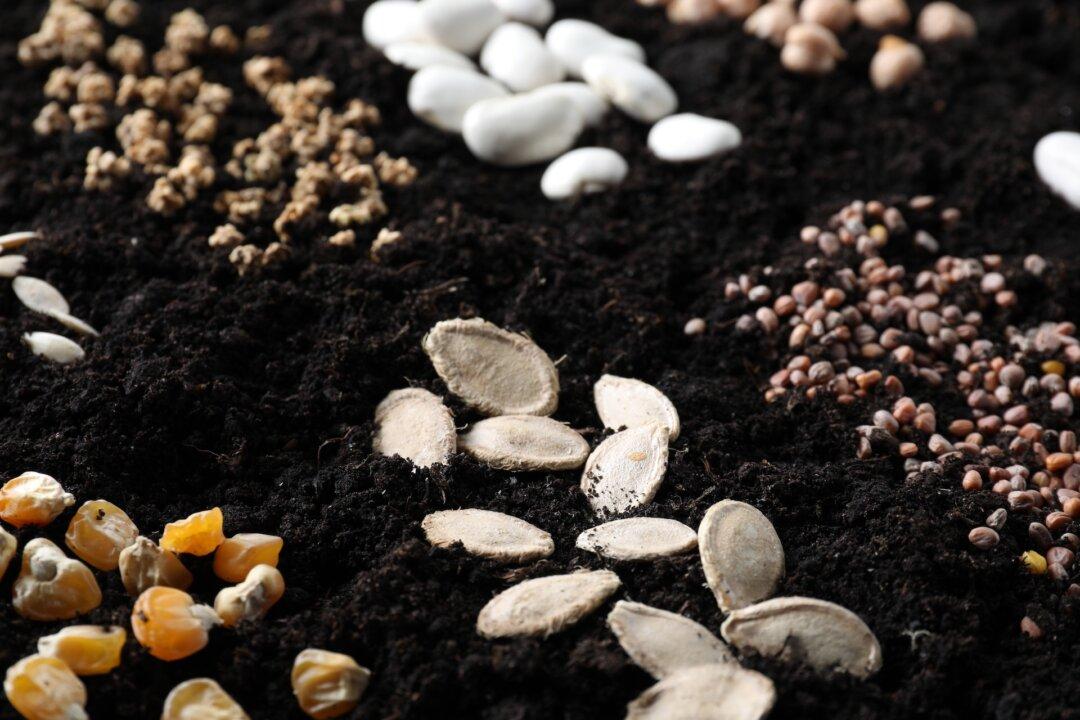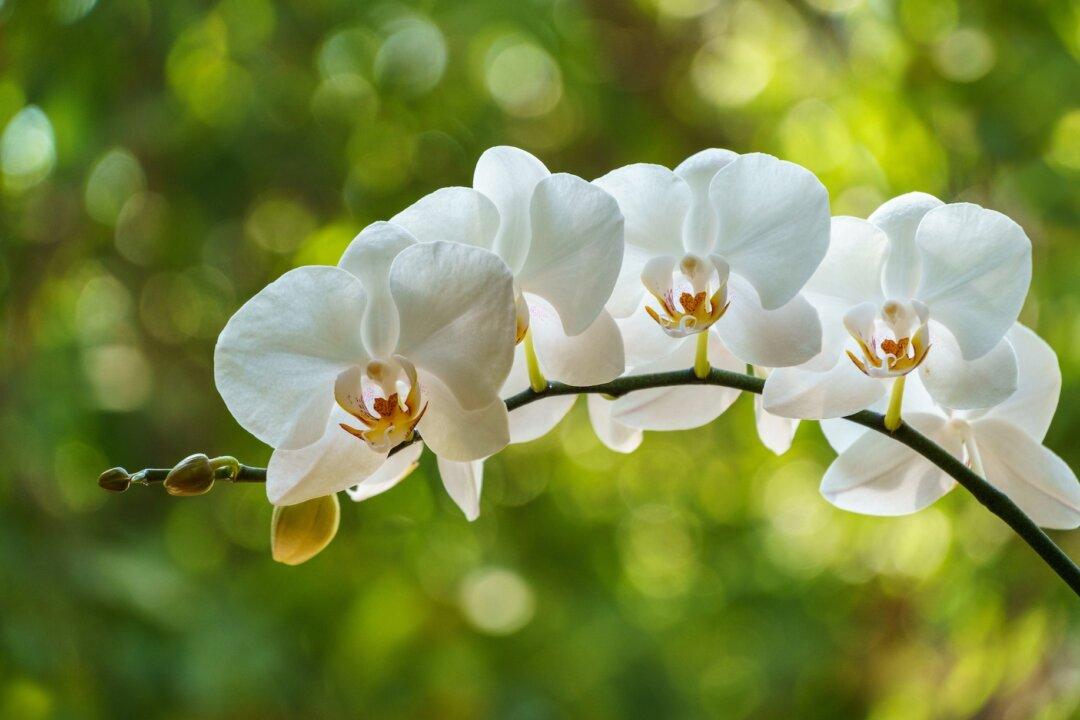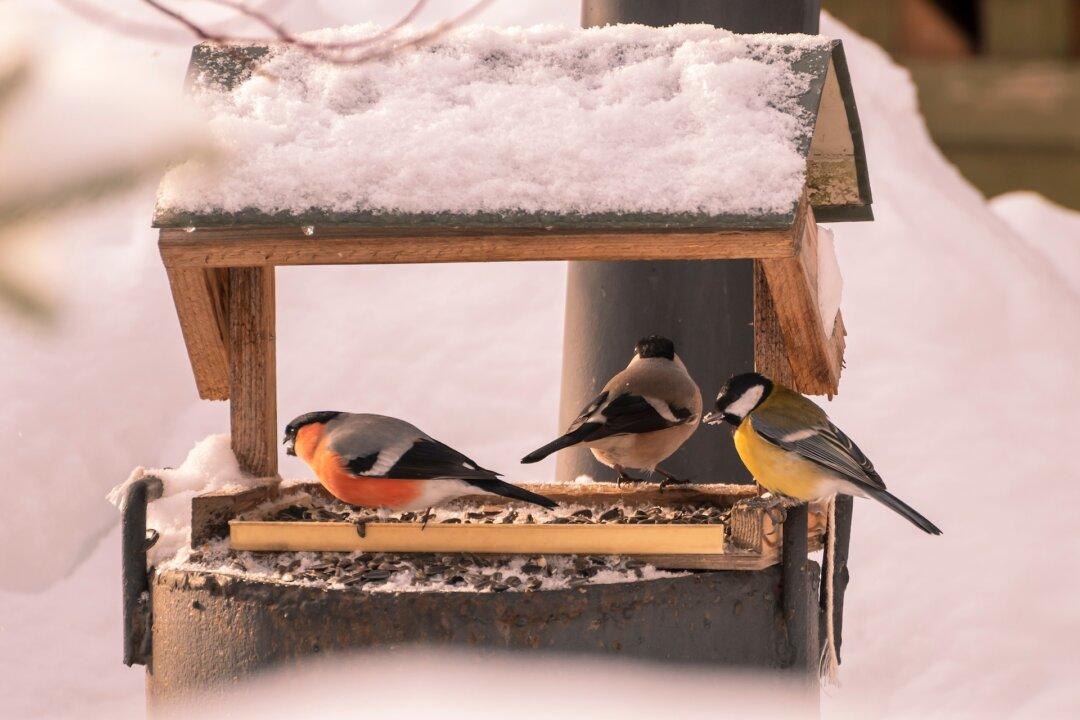Herbs are plants grown for flavoring in foods and beverages, as fragrances in potpourris, and sometimes for medicinal qualities. Leaves are used in some and the flowers, seeds, or roots are used in others. Most are easy to grow as annuals even if they’re a perennial type of plant. They can be planted in containers or in the garden. Many have decorative qualities such as colorful leaves, bright flowers, or strong fragrances that make them nice additions to flower beds, and some even attract butterflies and hummingbirds.
Look at the plant label for information as to its culture. Most prefer full sun, but many can grow in a few hours of daily shade. Almost all prefer soil that is damp but not too wet, and a few require dry soil. The size of the plant will determine where in the garden it’s used. Some only grow an inch or two tall and spread out, while others can easily grow over five feet tall.

Herbs that are grown for their leaves can be harvested a leaf or two at a time as necessary for a recipe, or whole branches and plants can be gathered and used as fresh herbs or dried for later use. During the summer, but especially in the fall as winter weather comes to kill the annual herbs, they can be gathered for drying. Most herbs are harvested for drying just as they begin to flower. This is the time that the plant has the most oil, which is used for flavoring or fragrance.
If the plant is a perennial that you’re leaving in place for a few years, only cut off about a third of the leaves and branches at a time. Harvesting is a type of pruning. Flowers may be cut off to induce more leaf growth. Use a sharp pruner and maintain the plant’s shape and compactness. You may get several harvests off the same plant in a single season.
Herbs grown for seed will be allowed to bloom and produce seeds. Watch the plant so you don’t wait too long and all the seeds fall off. Cut off the whole flower head when the seeds mature and place it in a bag so you don’t lose any seeds. Spread the seed heads out on a tray for drying.
Before drying seeds or leaves, it’s a good idea to wash them off. There may be garden dust and dirt on them, and they may have insects and spider webs too. Once they’re clean, spread them out on paper towels to dry. They can be air-dried, or if there are larger stems, they can be tied together and placed in paper bags to dry. That way if they break apart, you keep everything together. It can take a month or more to get them completely dry. If they don’t dry completely, they can get moldy when stored.
Herbs dried with heat can dry faster, but if the heat is too high, the volatile oils can evaporate away, leaving a bunch of dead leaves that don’t taste like much.
After they’re dry, the leaves can be crumbled off the stems or left whole. Place everything in airtight jars. Any air can allow the oils to evaporate. Sunlight can also reduce the quality of the dried seasonings, so store the jars in a dark location.
As I mentioned above, some herbs’ flowers attract butterflies. This is especially true of anise, dill, and parsley. They are used by swallowtail butterflies as a food source for their caterpillars. At first, you might be upset to lose a whole plant as the caterpillars eat it all up, but if you enjoy swallowtail butterflies, it can be worth it. One way around this problem is to plant several extra plants of these caterpillar favorites. Then as you see caterpillars on the one you’re saving for yourself, move the critters to the other plants.





